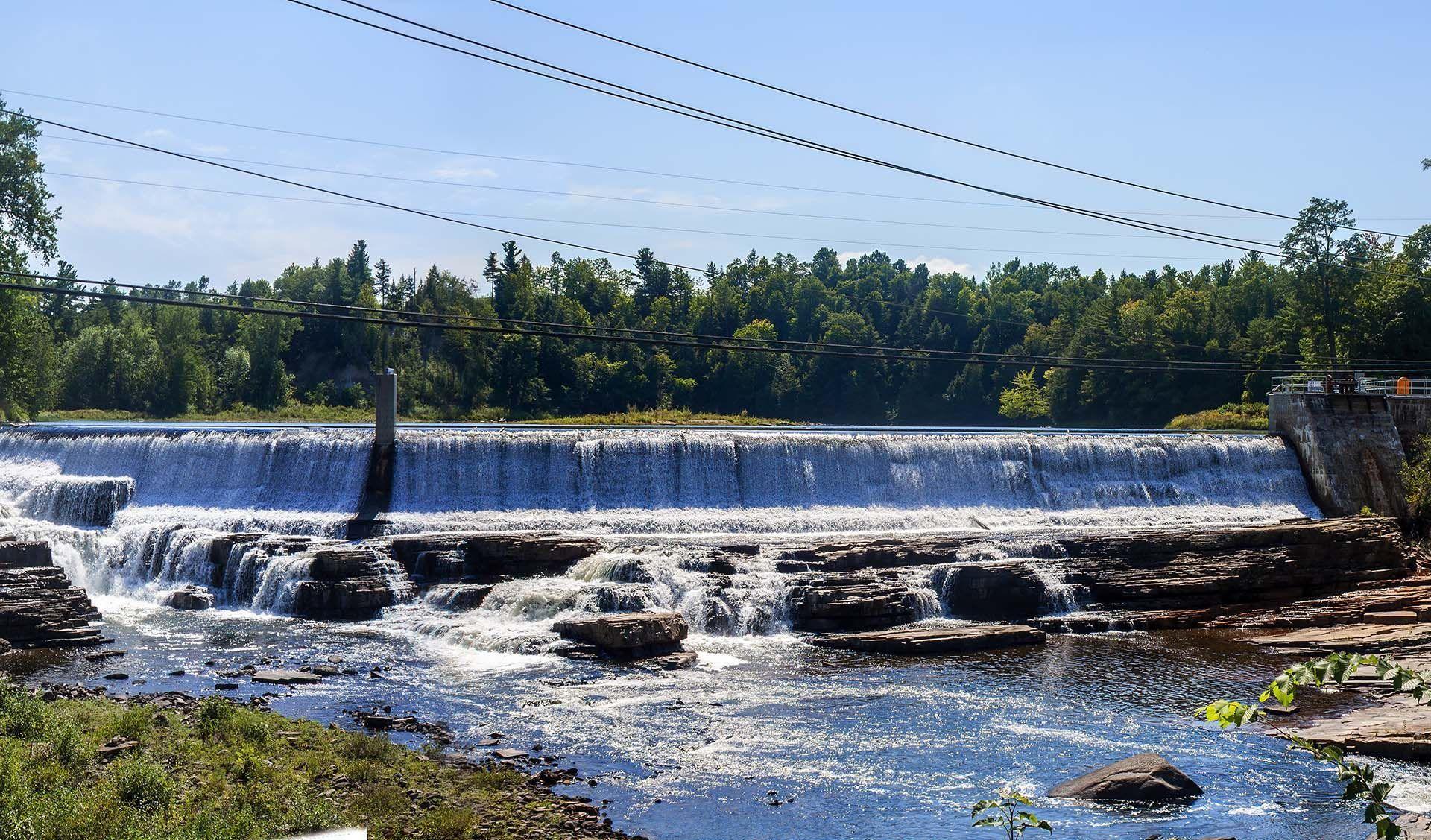
Resilient, reliable, renewable power for New York
Helping New York Power Authority to move closer to its goal of 100 percent clean, carbon-free electricity by 2040.
Taking the Smart Path to a net zero future
We helped the New York Power Authority (NYPA) move closer to its goal of 100 percent clean, carbon-free electricity by 2040 through our work on its Moses-Adirondack Smart Path project. This was a complete rebuild of an 86-mile (138 kilometer) transmission line to boost resilience and carry clean, hydroelectric power from the St. Lawrence-Franklin D. Roosevelt Power Project and other upstate renewables sources to the Adirondack Substation in Croghan, New York.
We were selected to support the project based on our experience and knowledge of standards and design practices in similar projects elsewhere in the world. We worked closely with multiple stakeholders and third-party design engineers to deliver positive outcomes with minimal environmental and visual impact.
Taking a phased approach, and drawing on specialists from across our multidisciplinary teams, we helped NYPA secure environmental permitting for the project. We then monitored and reviewed the engineering designs, and managed the specification and orders of poles, conductors, and insulators, as well as the evaluation and onboarding of construction contractors through Requests for Proposal (RFPs).
To support the timely delivery of the project, we provided project management services, updated the project schedule, and monitored risks and action items.
Dependable, lower-cost, less impact
Rebuilding the transmission line was an extensive construction project. It entailed replacing around 825 H-frames that were over 70 years old. H-frames are wooden structures with a wide footprint and a significant physical and visual impact on public rights of way. They were replaced with steel monopoles, 80 percent narrower at the base, but twice as tall, at 140 feet (42.7 meters).
The monopoles also had to be newly strung with Drake 795 Aluminum Conductors Steel Reinforced (ACSRs) and Optical Ground Wire (OPGW), for all lines, over the entirety of that part of the line network.
The steel monopoles included in the project’s design can carry higher-capacity cables than the H-frames (345 kilovolts, instead of 230 kilovolts), and so can accommodate the uplift in current that will in time be delivered as renewable energy serves more and more homes and businesses.
They are also stronger and more resilient to wind and weather conditions, which means fewer line failures and lower maintenance costs. The materials used are up-to-date and readily available, which makes them easy to obtain when replacements are required.
From an environmental standpoint, the monopoles are also far less intrusive than the H-frames, with a ground footprint of just eight feet (2.4 meters), which disturbs less of the land.
Visually, too, the monopoles are easier on the landscape, as the line span between them is 1,100 feet (335.3 meters) – twice that of the H-frames – meaning 50 percent fewer of them are needed.
A renewable future to count on
Construction began on Smart Path in 2019 and is expected to complete during 2023. When finished, it will be one of the latest in over 6,000 energy upgrade projects carried out by the largest state power organization in the U.S., combining reliability of supply with a focus on renewables – and making the path NYPA is taking a smart one indeed.